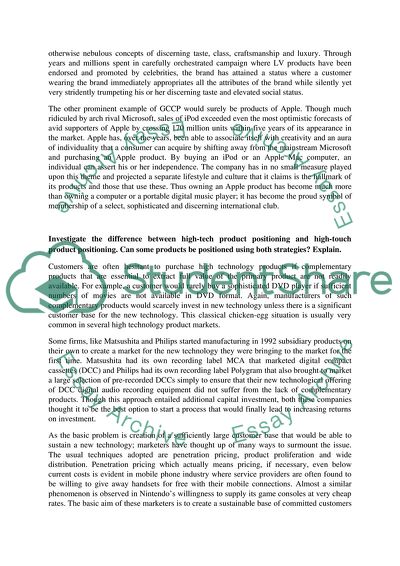Cite this document
(Consumer Culture Positioning, High-Tech and High-Touch Product Assignment, n.d.)
Consumer Culture Positioning, High-Tech and High-Touch Product Assignment. Retrieved from https://studentshare.org/marketing/1556359-global-business-management-module-of-international-marketing-management
Consumer Culture Positioning, High-Tech and High-Touch Product Assignment. Retrieved from https://studentshare.org/marketing/1556359-global-business-management-module-of-international-marketing-management
(Consumer Culture Positioning, High-Tech and High-Touch Product Assignment)
Consumer Culture Positioning, High-Tech and High-Touch Product Assignment. https://studentshare.org/marketing/1556359-global-business-management-module-of-international-marketing-management.
Consumer Culture Positioning, High-Tech and High-Touch Product Assignment. https://studentshare.org/marketing/1556359-global-business-management-module-of-international-marketing-management.
“Consumer Culture Positioning, High-Tech and High-Touch Product Assignment”. https://studentshare.org/marketing/1556359-global-business-management-module-of-international-marketing-management.


